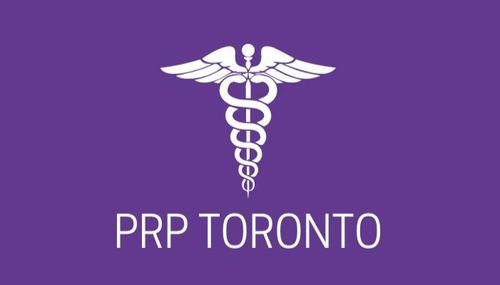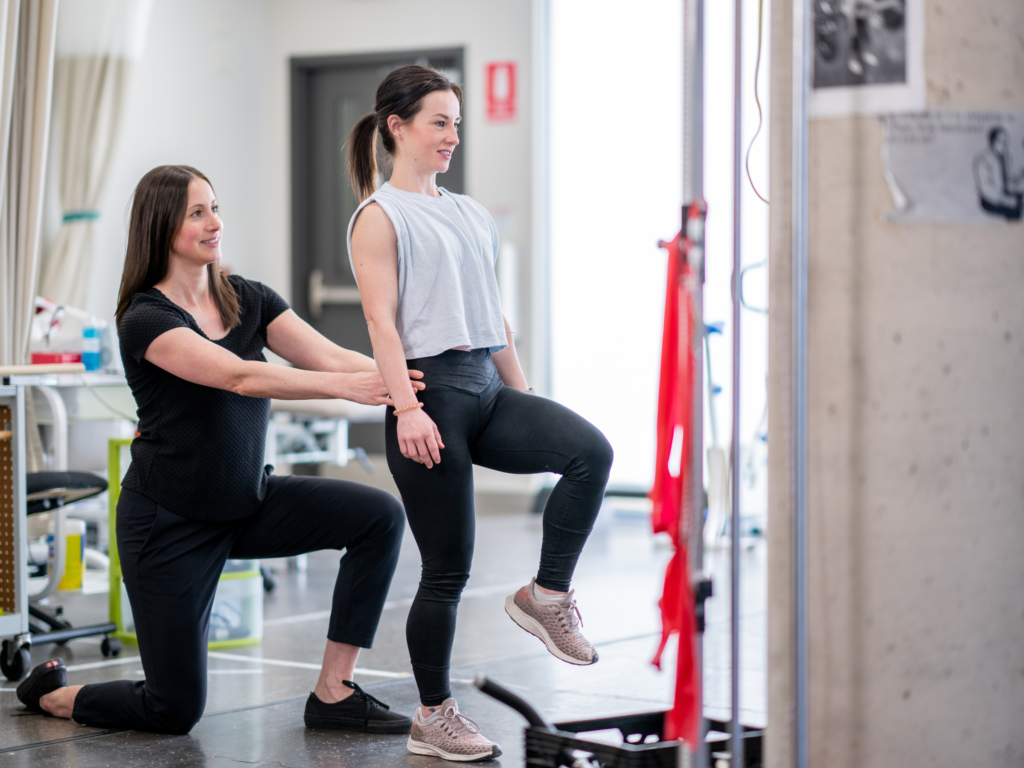PRP Treatment for Muscle Injuries in Toronto
Many in Toronto have dealt with painful muscles and sore joints for too long. PRP injections may help heal injuries better by promoting faster recovery. Your own plasma has natural healing powers—growth factors stimulate tissues to mend quicker. If you’ve tried everything else for nagging issues, this cutting-edge treatment could save your sanity. Keep reading to learn more about how PRP works, the conditions it treats, and if it may finally stop your pain.
Studies show PRP helps athletes return to sports by guided injections into knees or tears to heal tendons faster.
Overview of Common Muscle Injuries
Many folks in Toronto stay active, leading to muscle issues like pulled hamstrings, torn quads, and strained rotator cuffs. Activities from long runs to weekend sports can result in muscle tears and pulls. While exercise is great, it sometimes means dealing with damaged muscles. Knowing how to treat them is crucial for anyone staying active in Toronto.
PRP Treatment for Muscle Tears and Strains
PRP helps fix damaged muscles swiftly. It repairs by injecting your own plasma into the hurt spots. Growth factors in PRP get stem cells building fresh, healthy muscle mass. Speedier new tissue means less pain and quicker recovery. For active folks, faster healing means less time off. PRP lets rehab start sooner, so strength and motion return quickly. PRP gets muscles healed fast, helping you smash goals in no time.
Reducing Pain and Inflammation in Muscle Injuries
PRP is great at reducing pain and inflammation in muscle injuries. The growth factors in PRP help cut down swelling, providing fast relief. Reducing swelling aids healing too, letting patients skip weeks of sore muscles. Its healing power ends pain and lets you live large sooner. A small amount of PRP treatment encourages the body’s natural healing response, repairing injured areas with new blood supply. For muscle injuries in Toronto, PRP offers a cutting-edge solution for chronic pain relief.
Regaining Strength and Mobility After Muscle Injury
PRP helps injured muscles heal faster by boosting new growth and reducing soreness, allowing rehab to begin sooner. This means strength and flexibility return quickly. For athletes and active folks, that makes a big difference—back to workouts without losing fitness. Studies show PRP speeds up recovery for torn quads, helping legs regain power and range. PRP prevents muscle weakening by facilitating quick healing and exercise. It helps avoid long periods of weakness and limited movement, keeping you active.
For more details, check out this video on PRP Treatment by the Hospital for Special Surgery.
Ligament Injuries: Understanding Ligament Sprains and Tears
Ligaments are connective tissues that connect bones to bones. When overstretched or torn due to sudden movement or impact, it results in ligament sprains or tears. Here are three common types of ligament injuries:
- Grade 1 Sprain: This is the mildest form, involving stretching of ligament fibers but no tearing. It causes mild pain and swelling.
- Grade 2 Sprain: This involves a partial tear of the ligament fibers, resulting in more notable pain, swelling, and joint instability.
- Grade 3 Sprain: This is a complete rupture or tearing of the ligament, which might require surgical repair due to severe joint instability.
How PRP Injections Aid Ligament Recovery
Strengthening Affected Tissue
By promoting angiogenesis, or the growth of new blood vessels, PRP injections increase blood flow to the injury. This enhanced blood flow delivers oxygen and nutrients to support the building of new collagen fibers at the injury site.
Promoting Faster Healing
PRP injections stimulate the body’s natural healing process by activating growth factors in our blood. These growth factors recruit stem cells and stimulate them to develop into the fibroblasts that build new connective tissue, like ligament fibers, resulting in a quicker recovery timeline.
Restoring Stability and Function
PRP helps restore ligament stability by encouraging the growth of fresh fibers and collagen. This process mends the damaged area, returning natural mobility and support to previously unstable joints. Reinforced ligaments mean patients regain normal use without the hindrance of wobbly knees or weak wrists. PRP effectively aids the healing of tendons and connective tissues, leading to restored strength and smooth, pain-free movement.
Importance of Therapy Sessions for Rehabilitation
Healing properly requires effort. While PRP injections repair ligaments, combining them with physical therapy significantly enhances recovery. Therapy exercises loosen stiff joints, rebuild strength and flexibility, and prevent future injuries by ensuring the ligament fully mends. Your physical therapist will customize a plan tailored to your needs, gradually increasing the challenge as you improve.
Sticking to your therapy regimen does five crucial things:
- Keeps joints limber and pain-free.
- Helps muscles regain their function.
- Stretches out tight areas.
- Ensures injuries heal completely before resuming daily tasks.
- Strengthens the ligament beyond its pre-injury state.
Sticking with physical therapy gets you back to regular activities quickly and effectively.
Bone Injuries: Overview of Common Bone Injuries and Fractures
Bone injuries can be challenging to deal with. Common fractures include wrists, ankles, and collarbones, while more severe injuries like broken hips or thigh bones can significantly limit mobility. Pain from these fractures ranges from achy to sharp and can occur from falls or direct impacts. Complex breaks might require screws and plates for stabilization, whereas simpler fractures can heal with rest and immobilization.
Healing bone injuries takes time and involves immobilization to allow natural repair. Broken wrists, ankles, and collarbones can disrupt daily activities, and severe breaks like hips or femurs can put life on hold. Avoiding stress on fractures is crucial for proper healing and regaining mobility.
PRP’s Role in Bone Healing Process
PRP shows great promise in accelerating bone repair. PRP injections enhance new growth once fractures stabilize, with growth factors recruiting stem cells to rebuild bone density and reduce scarring. For surgical repairs, PRP can reduce side effects like soreness and swelling, helping scar tissue transform into strong, healthy bone. PRP can return patients to activity faster by stimulating internal reconstruction.
Navigating the Recovery Timeline
PRP can shorten the healing time for fractures, with many patients seeing improvement in 4-6 weeks instead of months. Full recovery typically takes around three months post-injury. During this time, using ice, elevation, and pain relievers can provide comfort. Although rehab can feel endless, patience is essential for safe return to activities without re-injury. Supporting each other through the process can lighten the burden.
Rehabilitation Exercises to Regain Strength
As pain subsides, gentle movements help without straining new growth:
- Ankle circles and shoulder rolls for smooth movement
- Low-impact pool exercises to reduce stress
- Mimicking specific motions like lifting weights or hiking
Physical therapists ensure safe rehab practices, and though progress can be slow, steady rehab restores strength. Enjoying the process with loved ones can lift spirits and aid healing. Proper rehab empowers a full return to active life.
PRP can help speed tissue repair, reduce recovery time, and improve wound healing, offering a cutting-edge solution for bone injuries in the Toronto area.
Tendon Injuries: Exploring Tendon Conditions like Tendonitis and Ruptures
Tendon issues are common, ranging from minor tendonitis to full ruptures. Tendonitis occurs when overworked tendons swell and ache, while ruptures happen when tendons snap, often from long-term wear and tear. Examples include tennis elbow, where the forearm tendon becomes irritated, and Achilles tendinosis, where the calf tendon swells. Basic tendonitis usually heals with rest and ice, whereas ruptures often require surgery. Reducing stress and proper care can restore tendon function.
PRP Treatments for Tendon Pain Management
PRP is a natural way to treat tendon problems. The process begins with a small blood draw, followed by extracting platelet-rich plasma rich in growth factors, which helps tendons heal. PRP stimulates stem cells to build new collagen fibers and reduces swelling around injured tissues. Medical reports show PRP provides faster relief than rest alone, speeding up collagen production and reducing inflammation. PRP is effective for conditions like tennis elbow and helps avoid surgery.
Physical Therapy Approaches for Tendon Injury Rehab
Physical therapy (PT) enhances tendon healing when combined with PRP. PT sessions rebuild strength over time with:
- Ultrasound imaging to monitor healing
- Custom exercises targeting weak areas
- Gradual strengthening to avoid setbacks
- Avoiding risky activities too soon
Therapists ensure tendons mend fully before returning to intense activities. Pairing PT with PRP speeds recovery and lowers re-injury risk.
Achieving Optimal Healing Time
Proper healing prevents future issues. Avoid overstretching healing tendons too soon. PRP aids healing without surgery, supporting tissue repair and blood flow. To ensure long-term health:
- Avoid early stress on healing tendons
- Choose PRP over surgery when possible
- Wait for full healing before resuming activities
- Support natural tissue healing and blood clotting
Patience ensures healthy tendons for years. PRP and steady rehab turn today’s troubles into tomorrow’s triumphs.

